Dry vs. Wet Measuring Cups: The Secret Weapon Your Baking Needs
This post may contain affiliate links. See our disclosure policy for more details.
Dry vs wet measuring cups: the secret to consistently delicious dishes your family will love. Master this skill & cook with confidence.
But trust me, the distinction between dry and wet measuring cups is crucial. Understanding this simple concept could mean the difference between a fluffy masterpiece and a leaden lump of disappointment.
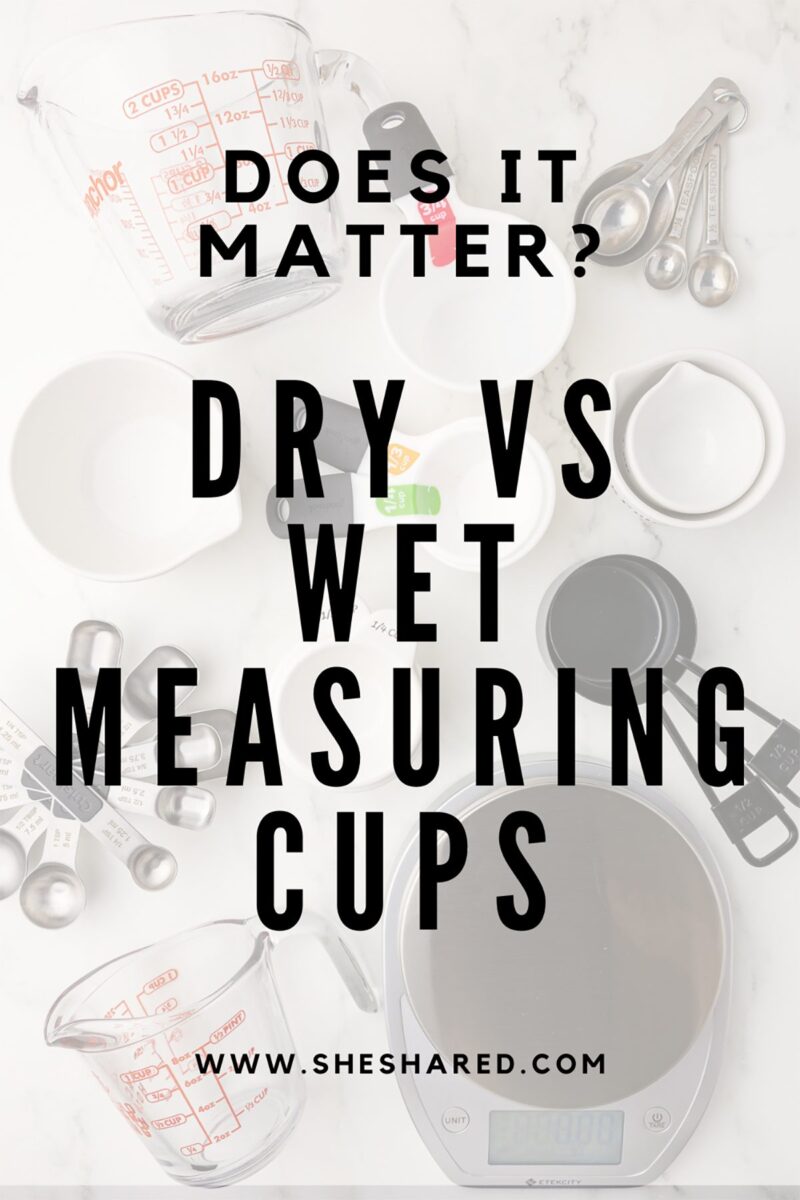
Confused about the difference between Dry vs Wet Measuring Cups?
Let’s break it down. Imagine you’re whipping up a batch of your world-famous chocolate chip cookies. You need a cup of flour. So, you grab your trusty liquid measuring cup, fill it with flour, and level it off with a knife. Seems logical, right? Wrong! Here’s why:
Dry measuring cups: These flat-topped buddies are the MVPs for dry ingredients like flour, brown sugar, oats, etc. You fill them to the brim, then use a straight edge (like a butter knife) to level off the excess.
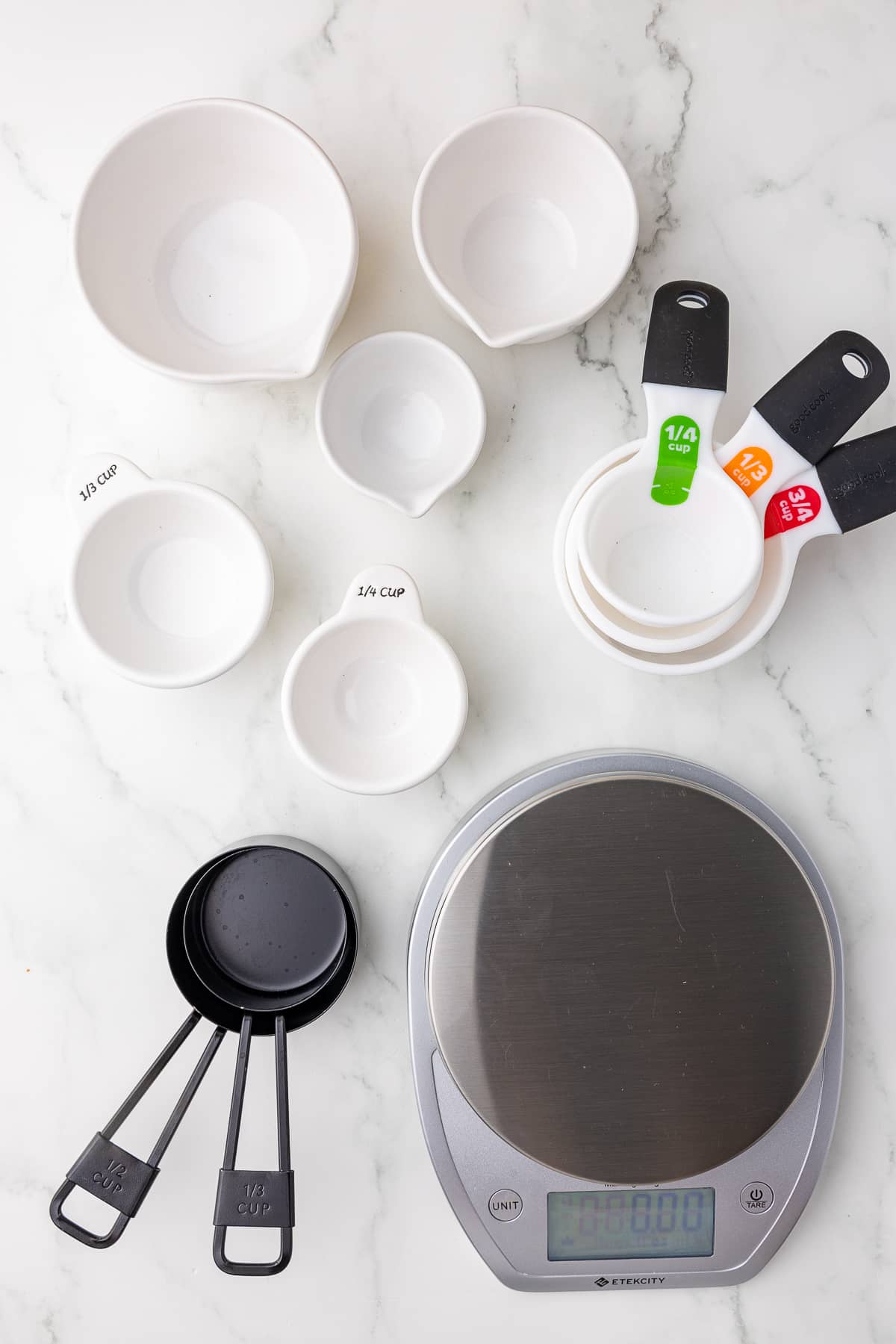
Liquid measuring cups: These are the ones with the pour spout and all those measurement markings on the side. Think of them as liquid specialists— they’re perfect for water, milk, oil, and so on. You fill them to the appropriate line for the desired amount. (Think of the iconic glass Pyrex cup that also measures wet ingredients in fluid ounces)
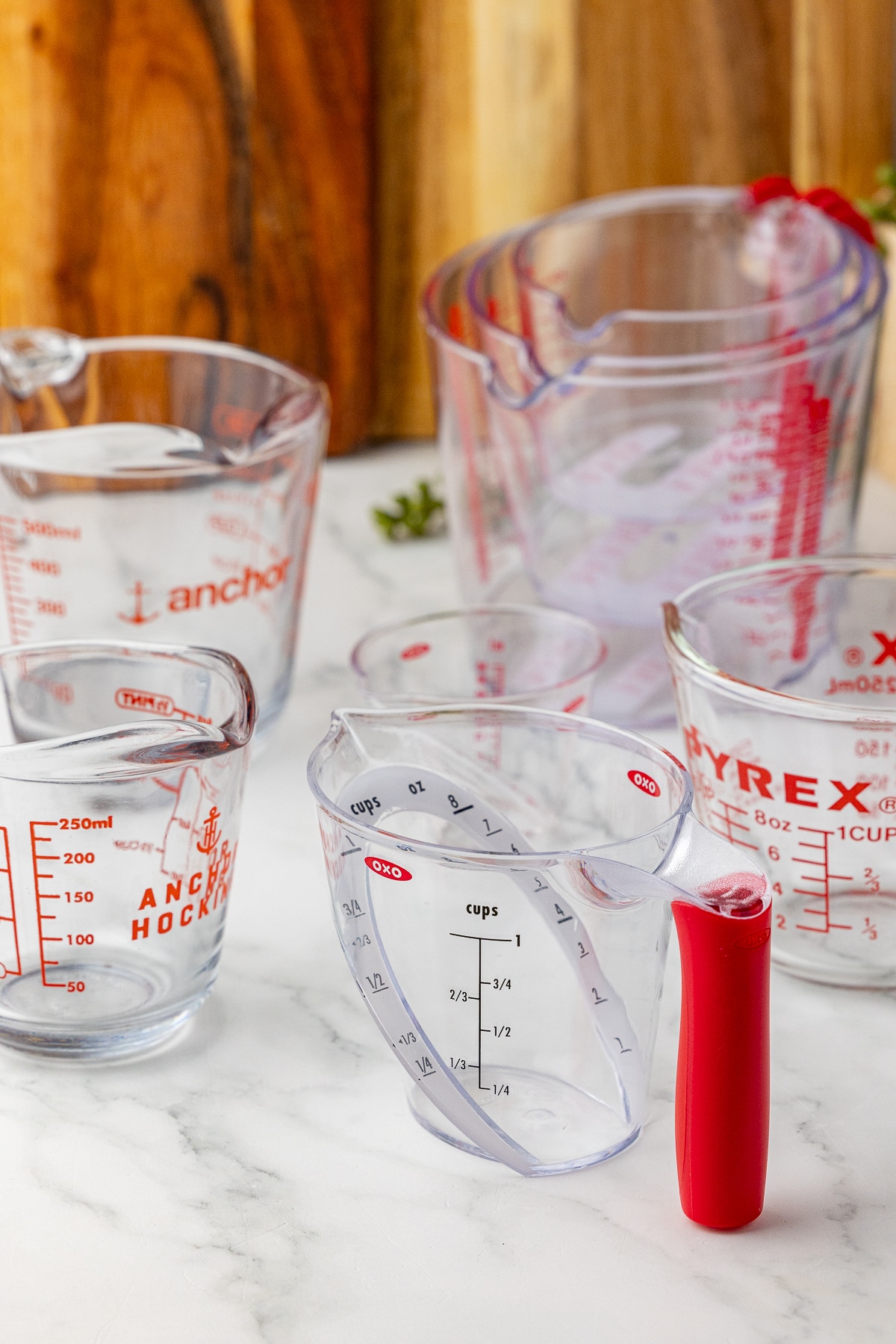
When Measuring Goes Wrong
Still not convinced? Let’s paint a few vivid pictures of the results of mixing up your measuring cups:
- Too much flour? Your chocolate chip cookies won’t spread.
- Not enough flour? Your cake will crash harder than a deflated balloon, leaving you with a goopy, undercooked mess.
- Bread’s a delicate balance. Wrong flour measurements will throw everything off, making your loaf worthy of doorstop duty.
- Imagine heavy, dense pancakes that stubbornly refuse to cook in the middle—not exactly the fluffy breakfast of your dreams.
A Brief History of Measuring
Ready for a mind-blowing fact? Standardized measuring cups weren’t always around.
Our ancestors had it rough. Recipes relied on vague terms like “a handful” or “a teacupful.” Imagine the inconsistency!
It wasn’t until the late 1800s that cooking pioneer Fannie Farmer stepped in. Her cookbook popularized precise measurements, bless her heart.
Suddenly, baking became less of a gamble and more of a delicious science.
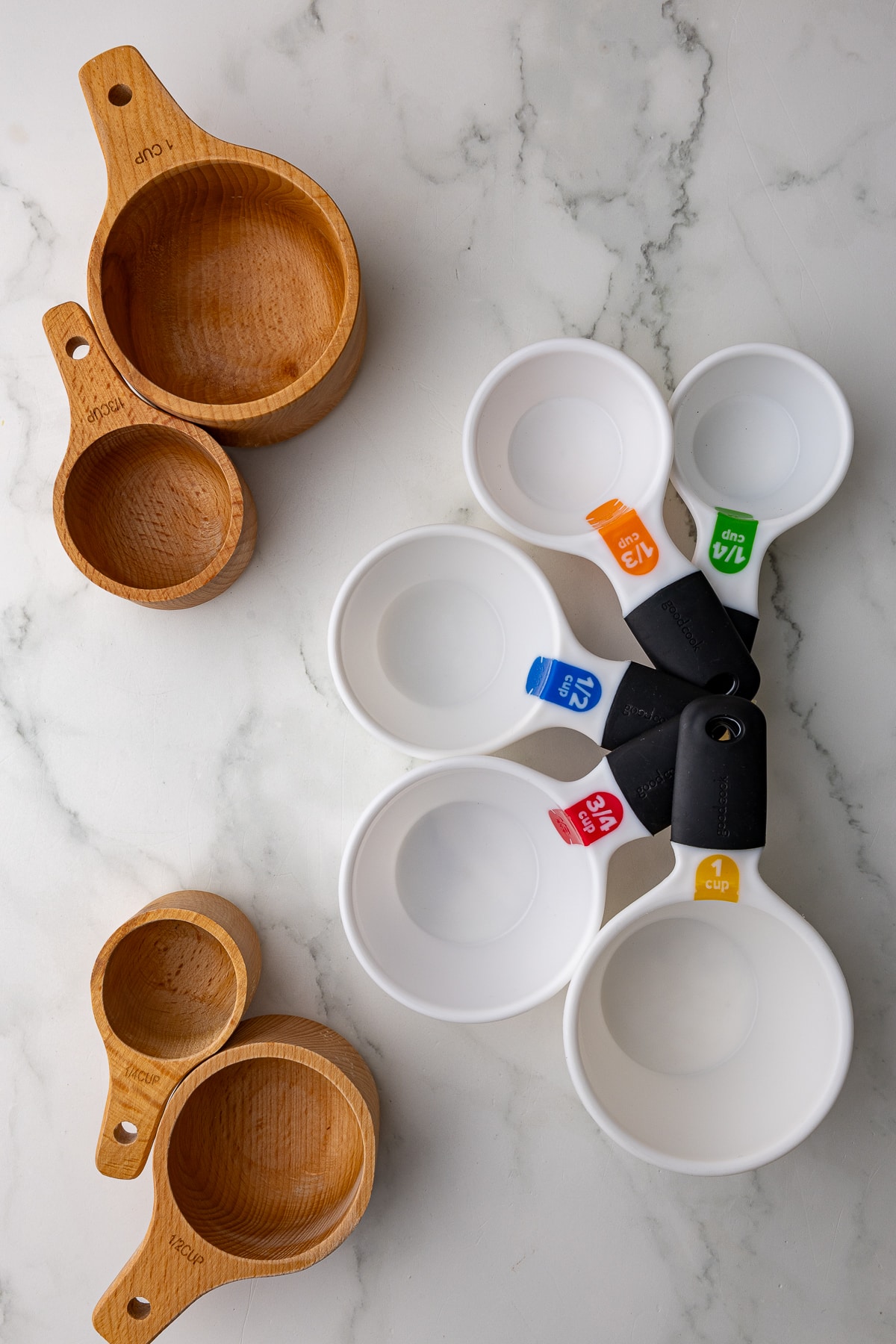
FAQs: Your Burning Baking Questions Answered
Okay, but can’t I just eyeball it?
- I wouldn’t recommend it. Especially with baking, those chemical reactions need precision.
My recipe calls for peanut butter/corn syrup/honey. Dry or liquid cup?
- Sticky stuff like this goes in dry measuring cups. Use a flat utensil to get it all out!
What about those adjustable measuring cups?
- Handy in a pinch, but they can still lead to some off measurements, especially with dry stuff.
Is getting both types of cups really necessary?
- If you bake often, YES! They’re cheap and save you from heartbreak.
Can I use a kitchen scale?
- Absolutely! That’s the most accurate measurement method for dry goods.
Measuring Cups in Your Toolbox
Here’s why you need both types of cups in your arsenal:
- Dry cups: Your go-to for flour, sugar, spices, anything you’d scoop. Remember the level method! That flat surface is your friend.
- Liquid cups: Perfect for anything pourable—water, milk, sour cream, you name it. Eye level is key here. Bend down so that the curved surface line of the liquid is even with the desired marking. Angled measuring cups are especially handy for this! (Think of the iconic Pyrex cup with red measurement markings that also measures in fluid ounces)
Think of baking as a fascinating experiment in chemistry. When you follow a recipe, you’re essentially combining a specific set of ingredients to trigger predictable reactions. The right amount of baking soda and vinegar creates a beautiful rise in your cookies.
Speaking of experiments, I wanted to see what the difference was using wet and dry measuring cups.
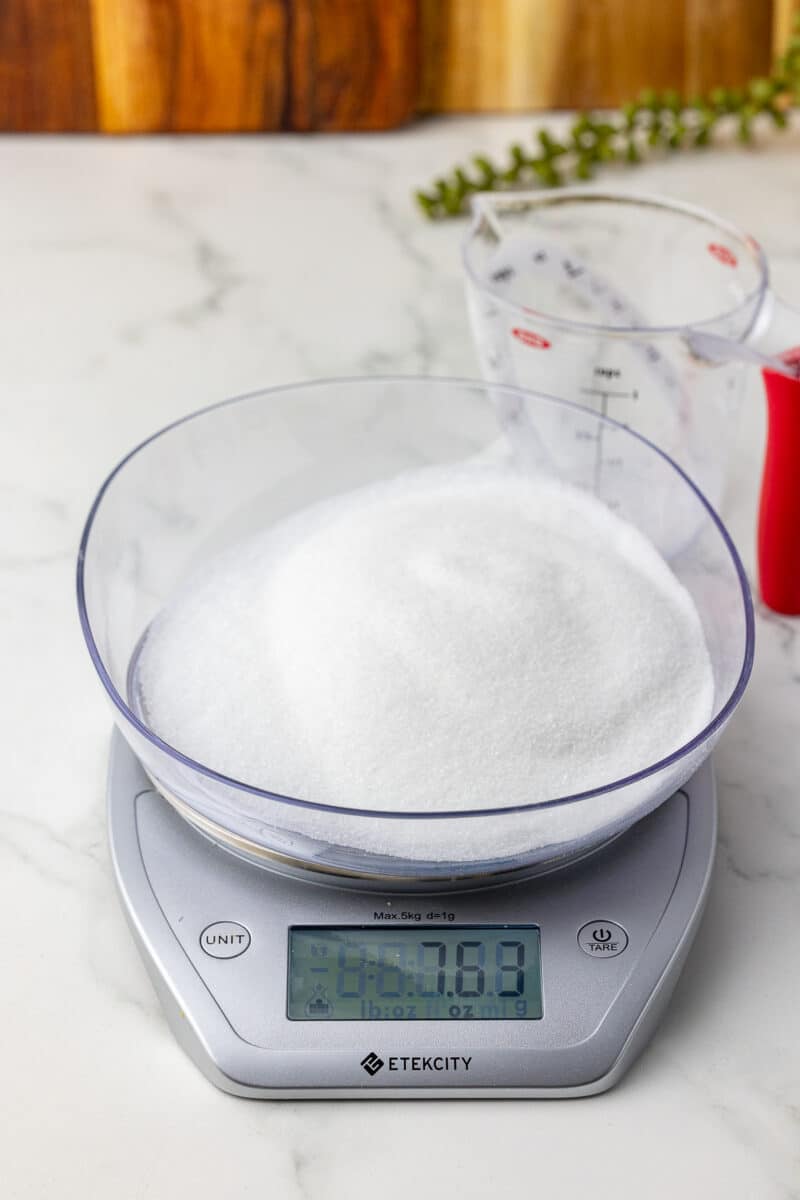
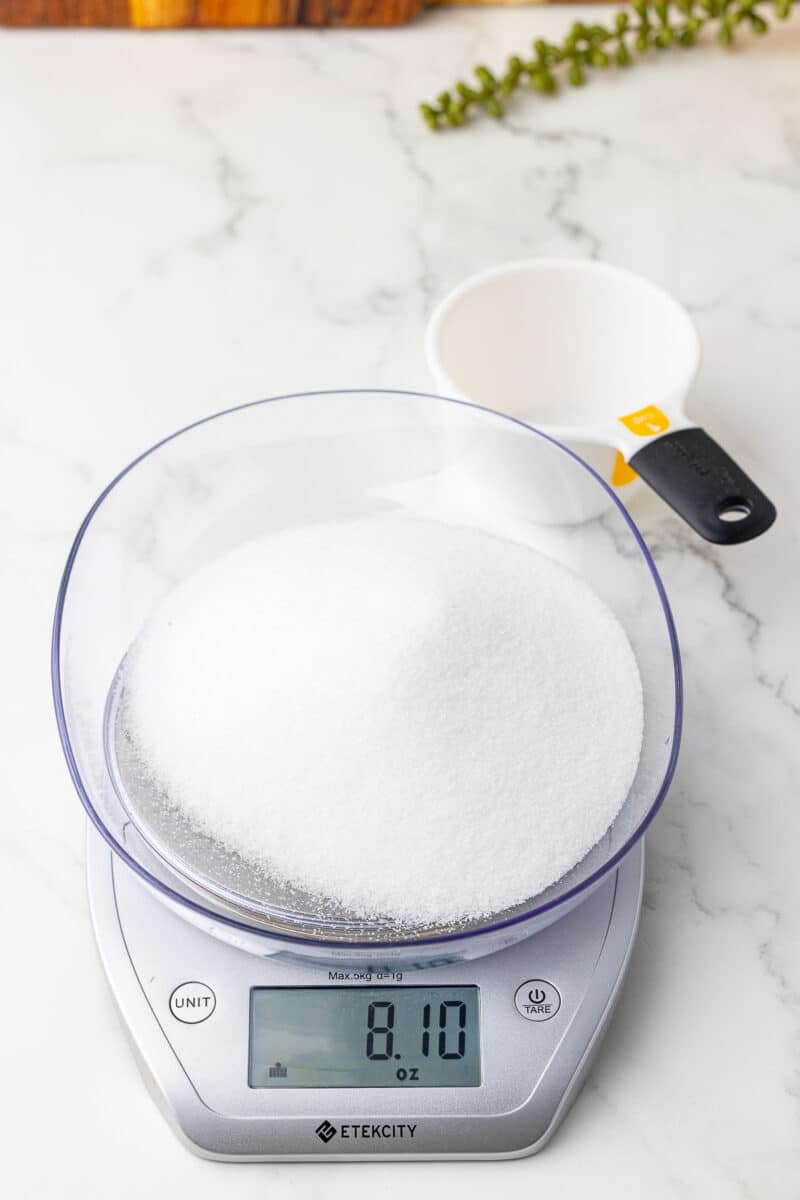
I measured 1 cup of sugar, 1 cup of flour, and one cup of chocolate chips in both liquid, and dry measuring cups.
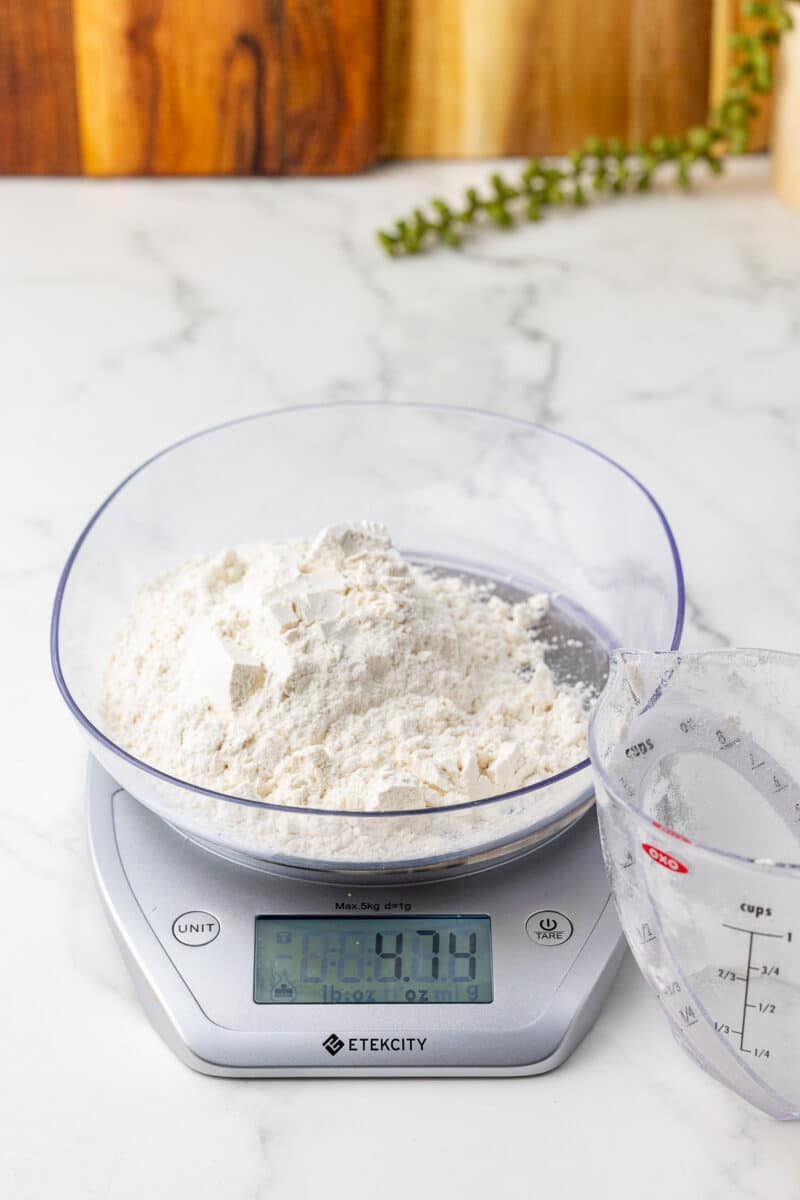
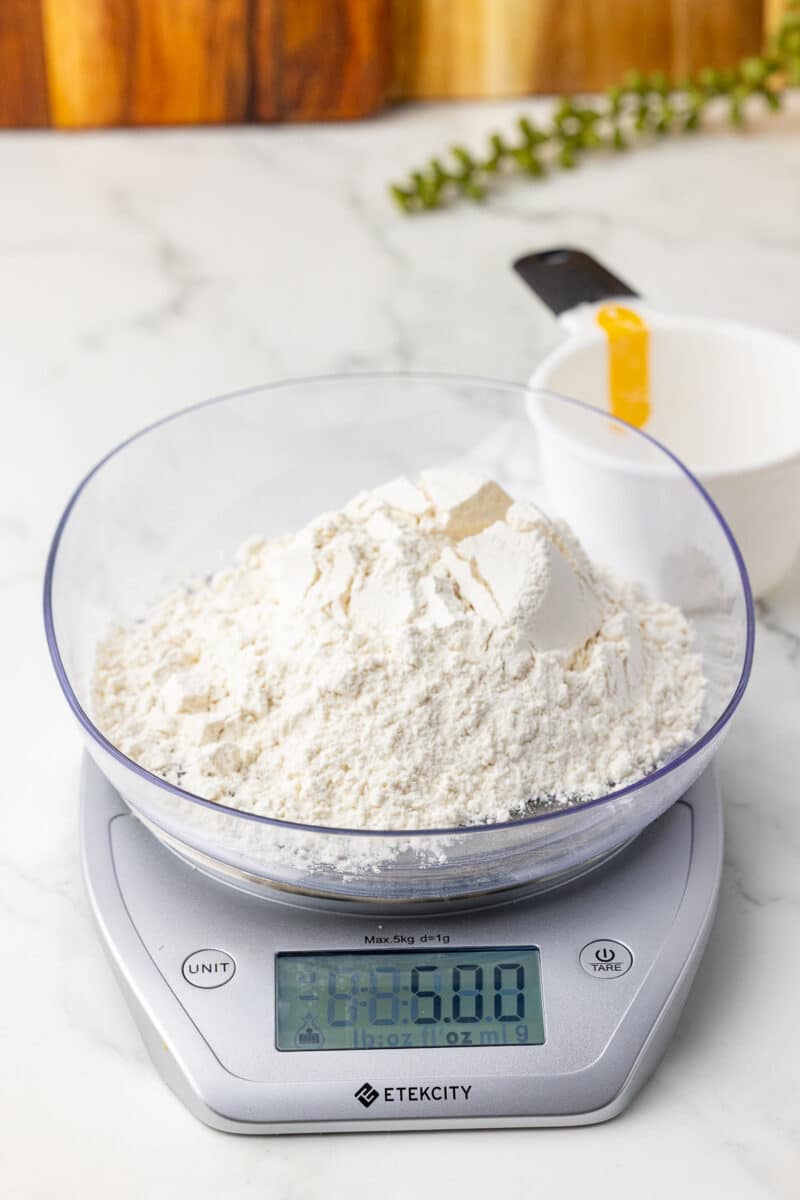
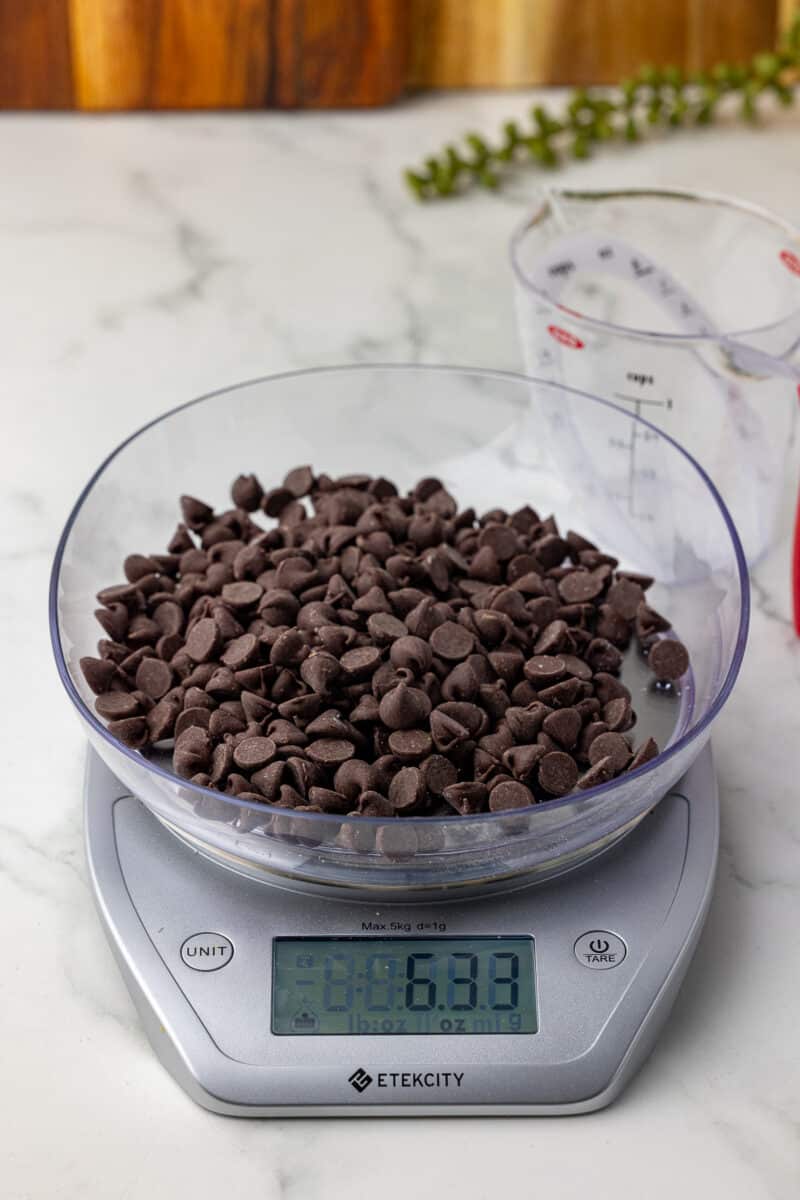
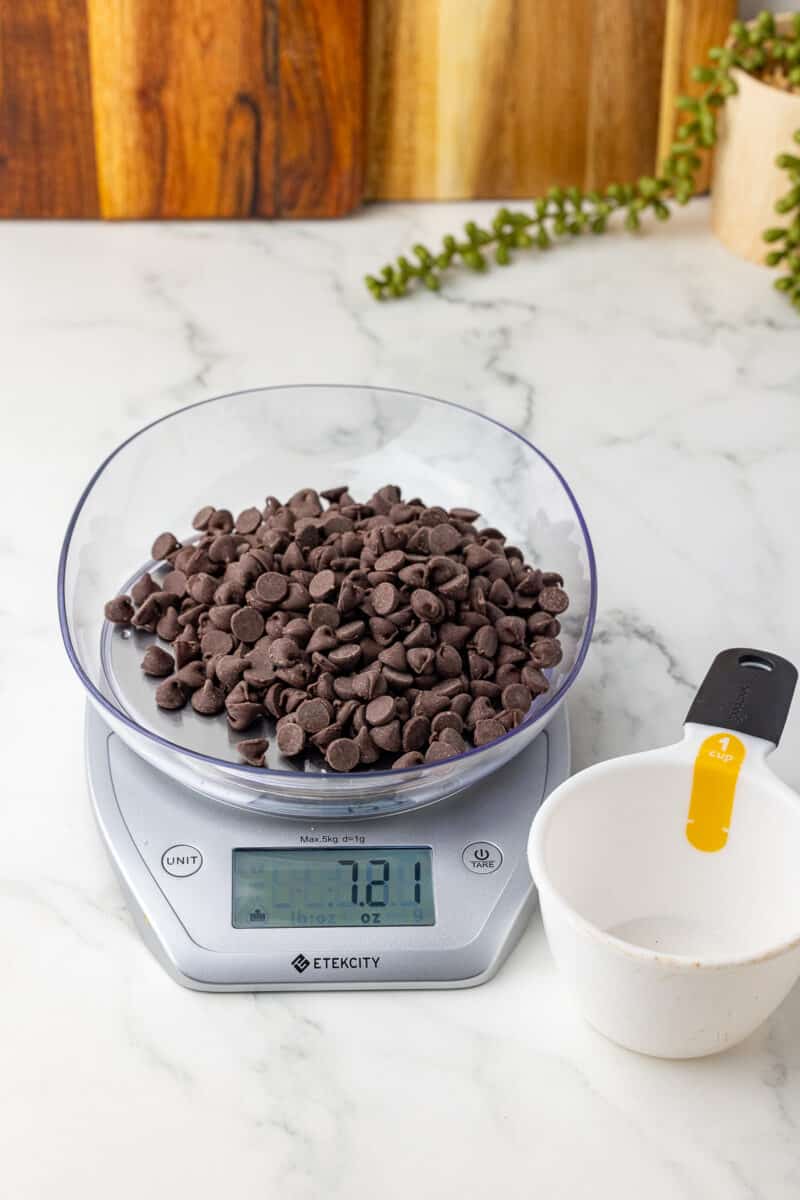
Although they measured the same amount, the dry measuring cups consistently held more of the ingredients in the dry measuring cups than they did in the wet measuring cups.
What about wet ingredients? I ran my little experiment using milk, orange juice, and soda.
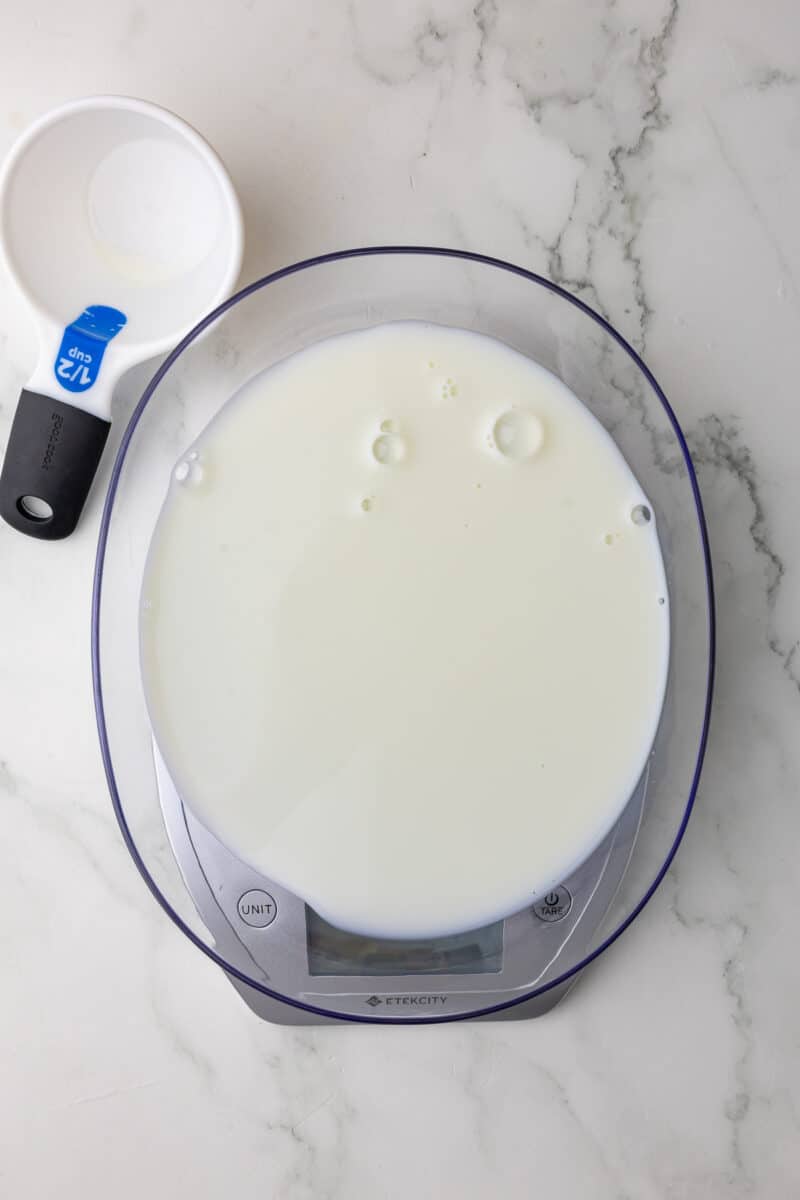
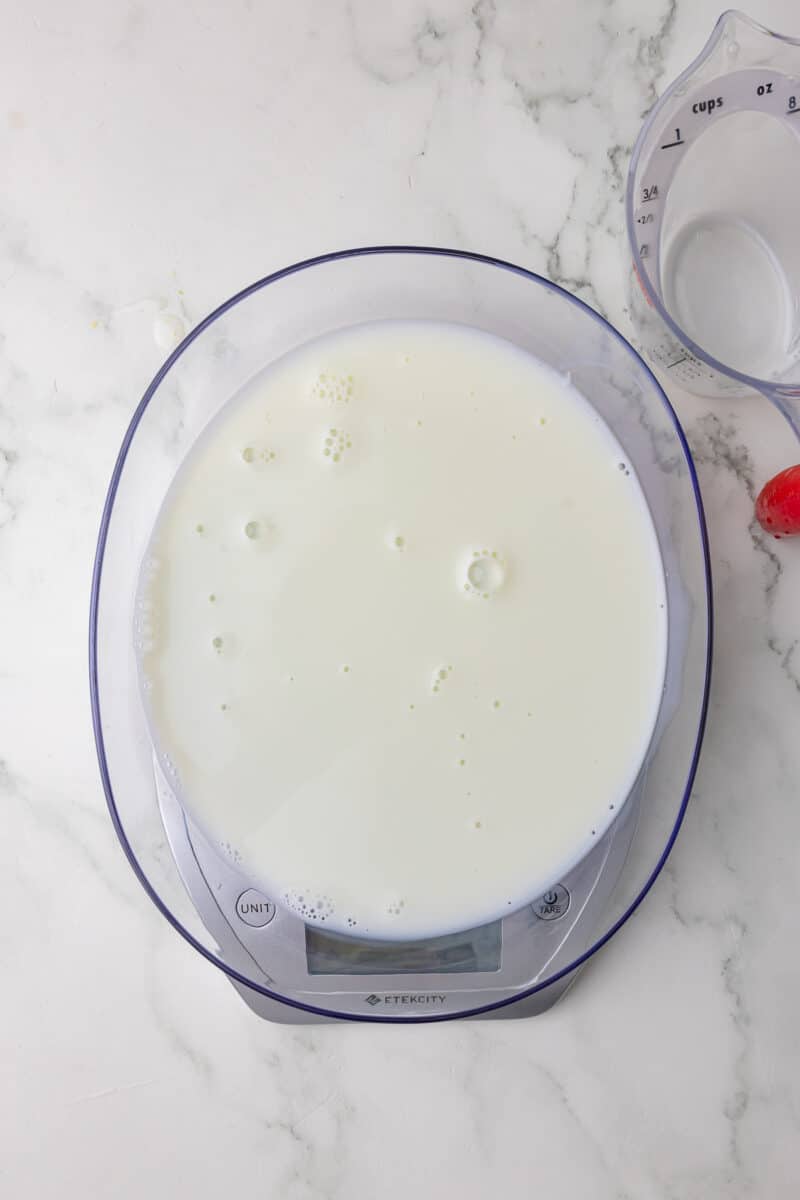
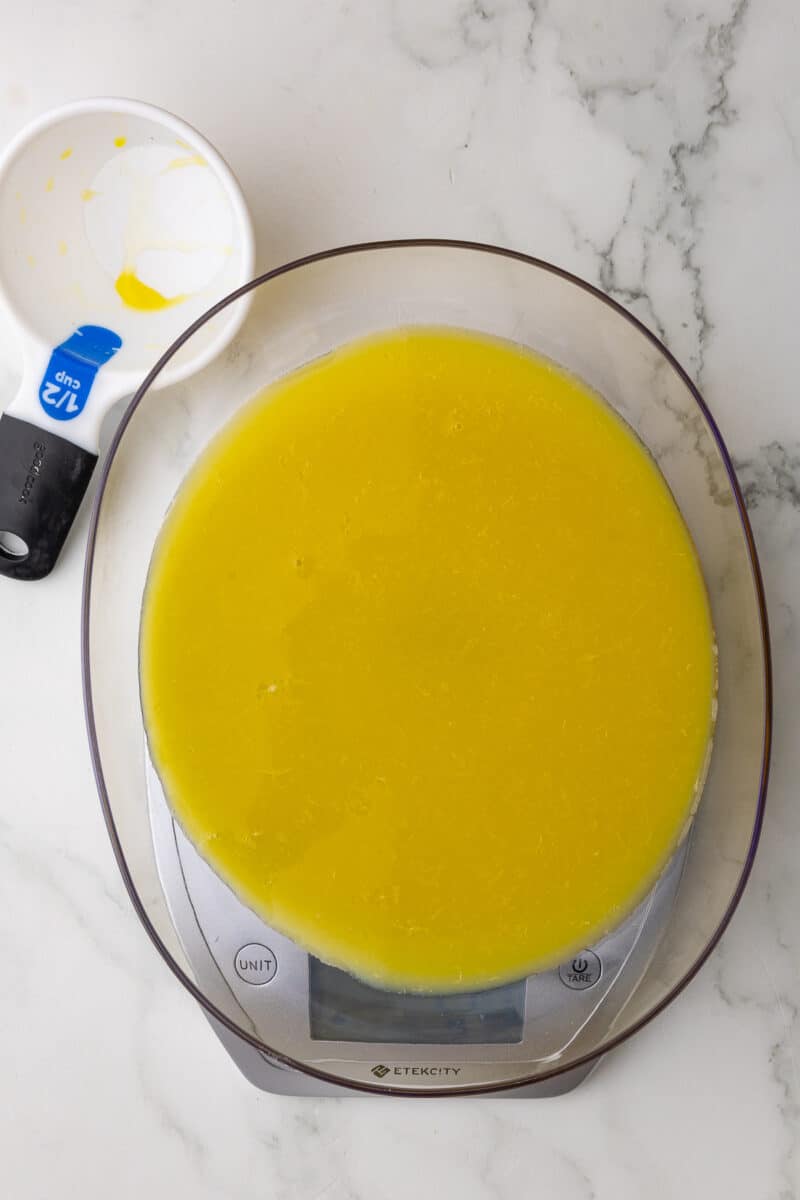
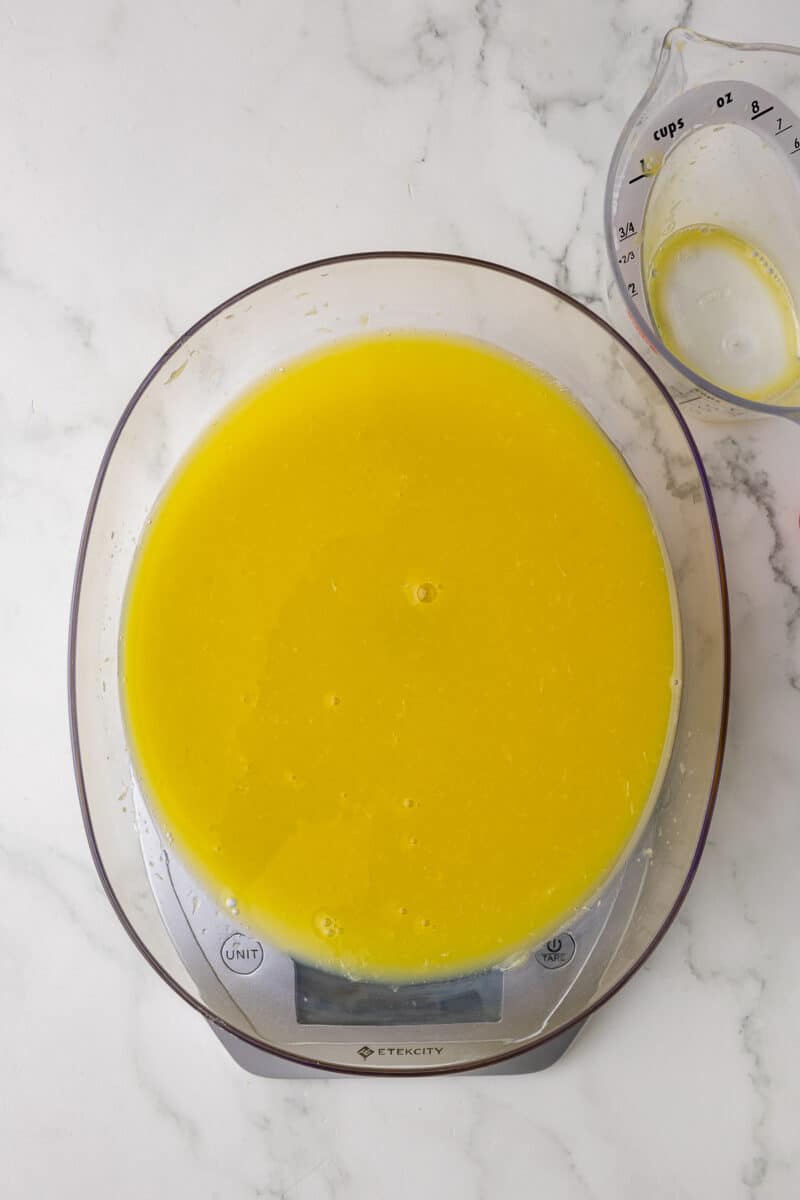

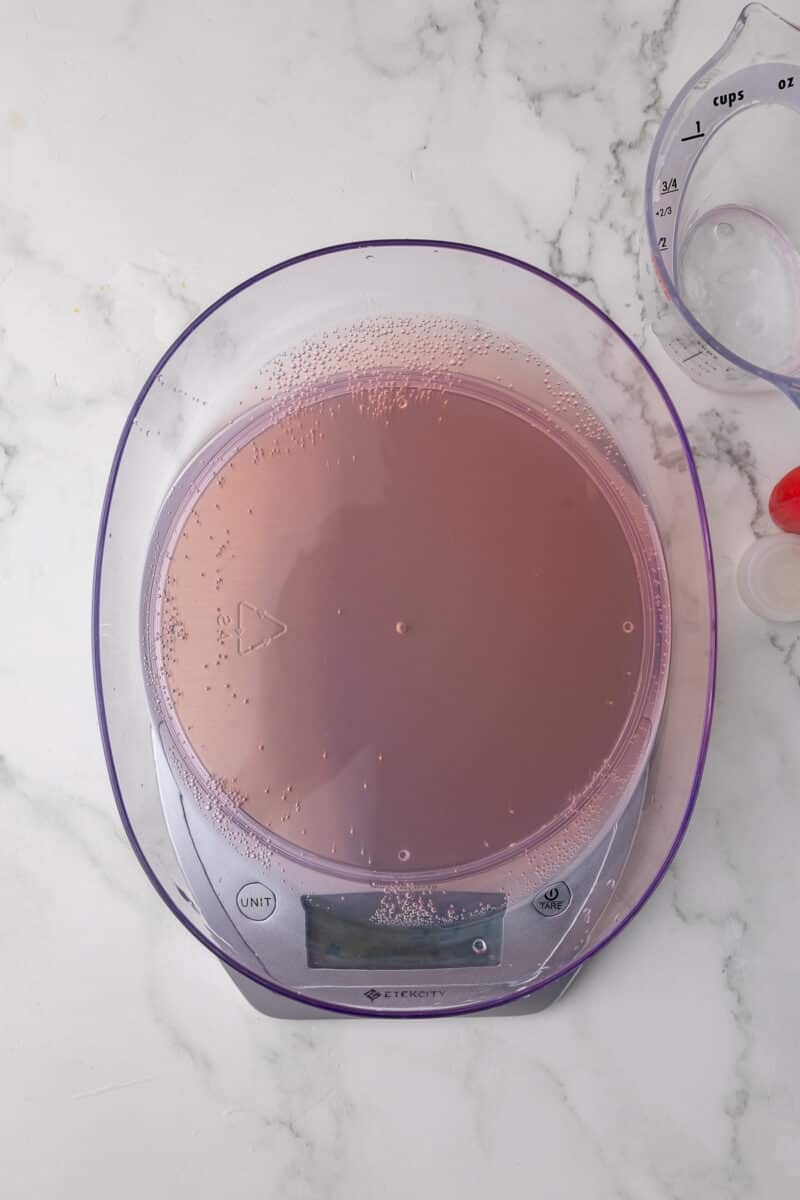
Going Beyond the Basics
Now that you’ve mastered the art of the difference between dry vs. wet measuring cups, let’s unlock a few more secrets for ultimate baking success:
- Know Your Ingredients: Not all flour is created equal! Cake flour is lighter than all-purpose flour. Follow what the recipe calls for, and measure carefully.
- Sifting: Some recipes ask you to sift flour before measuring. This adds air, ensuring the right amount.
- Brown Sugar: This stuff likes to get packed down. A little fluffing never hurts before measuring it in a dry cup.
- Spoon and Sweep: For the most accurate measurement of flour and other light, powdery ingredients, spoon them lightly into your dry cup, then level off with a sweep. Avoid scooping directly from the bag, which compacts the ingredients.
- Liquids: Ever notice how liquid measuring cups often have metric system markings and familiar ounces/cups? Sometimes switching to milliliters provides even greater precision!
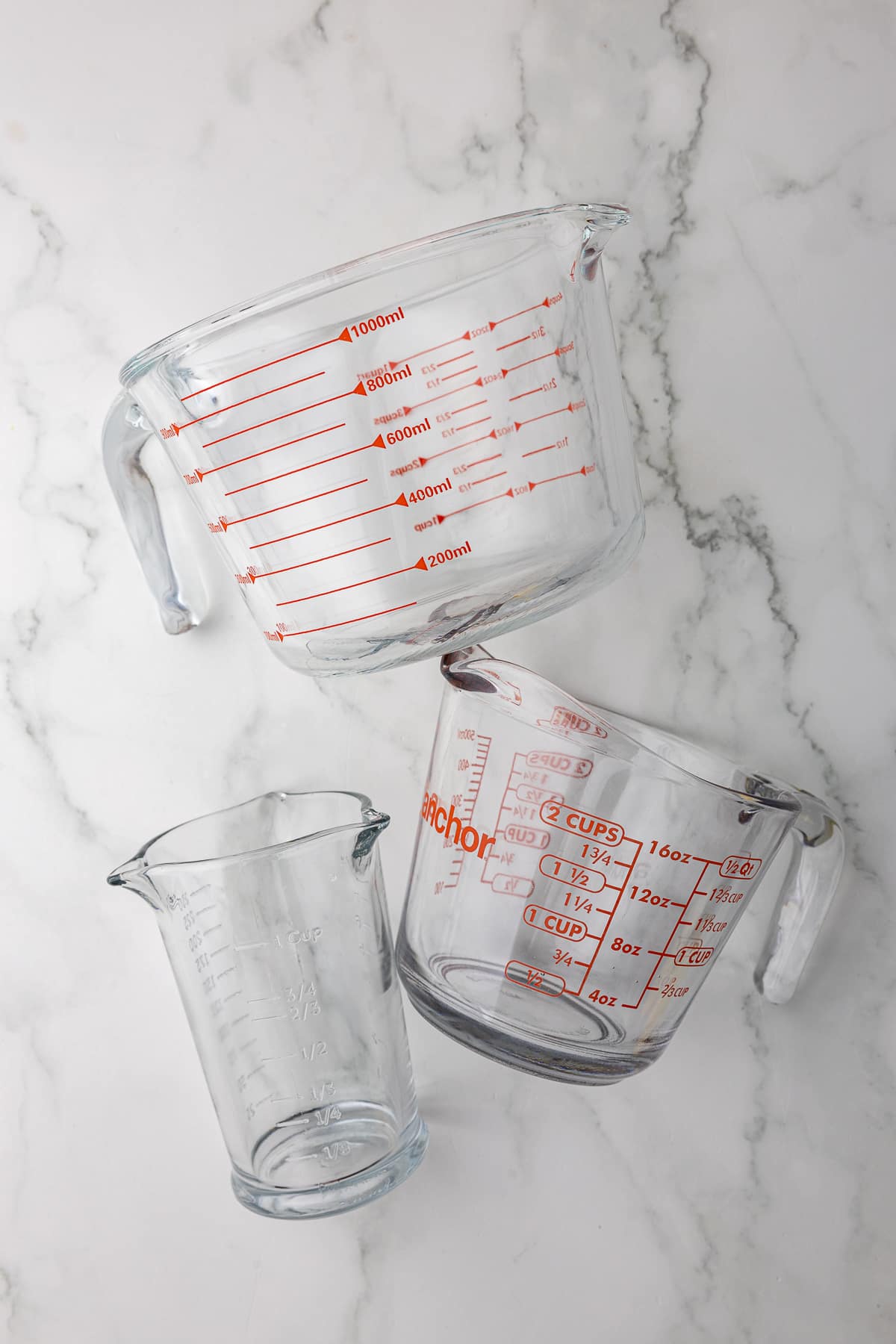
The Bottom Line When Deciding If You Will Use Dry vs Wet Measuring Cups
Measuring cups might seem simple, but there’s more to them than meets the eye. Understanding the difference between dry and wet measuring is like discovering a hidden superpower in your kitchen.
It’s your key to avoiding those dreaded baking fails and consistently producing treats that’ll bring smiles and maybe even a few happy tears.
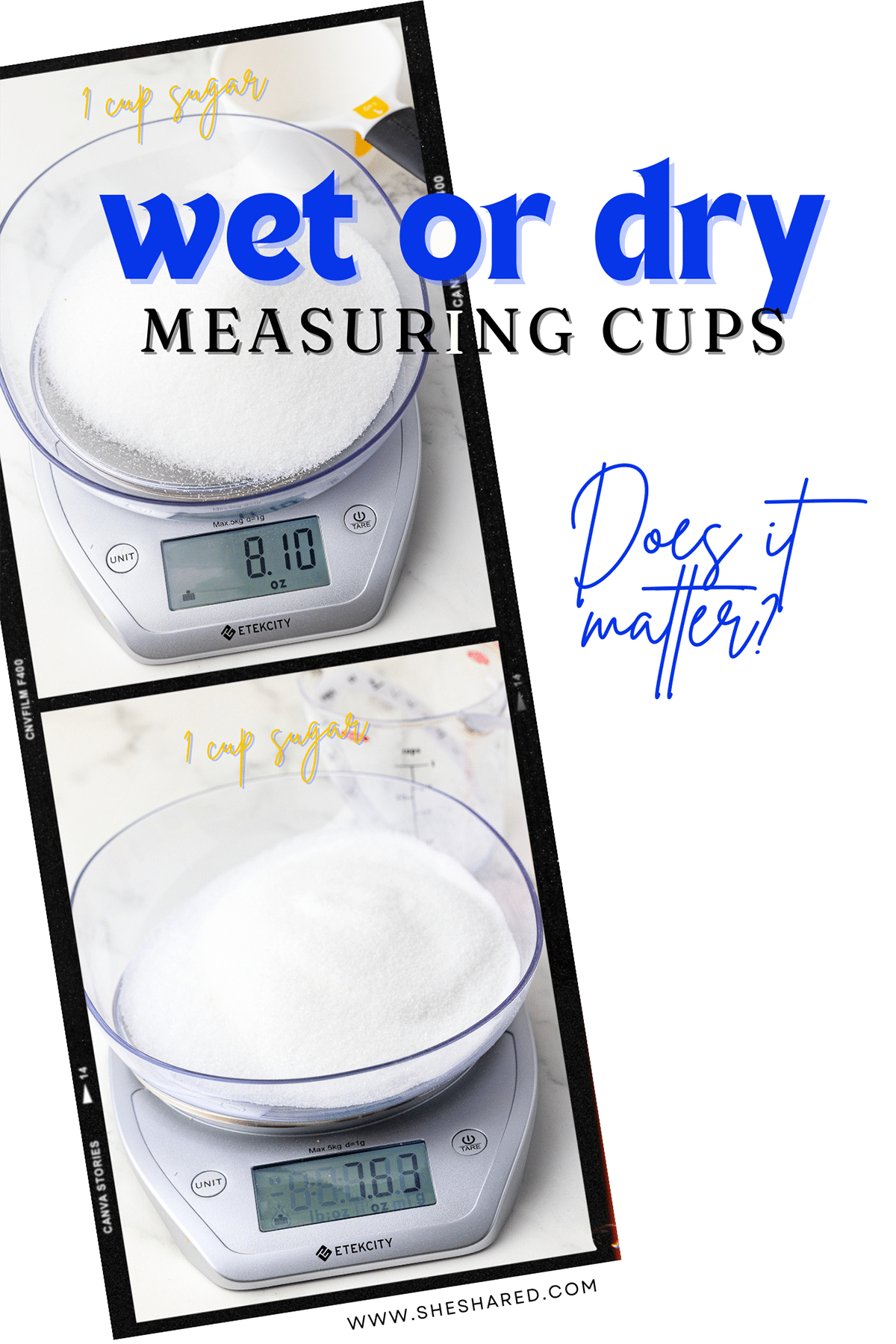
If you are looking for reliable measuring cups, I can highly recommend OXO Good Grip angled measuring cups, which make viewing your liquids super easy. For dry ingredients I love OXO Good Grips stainless steel measuring cups. The benefit of using stainless steel is that the cups will not warp.
Using the right measuring cups ensures you have the correct ratios of ingredients, allowing those beautiful chemical reactions to take place and creating dishes that are both delicious and visually stunning.

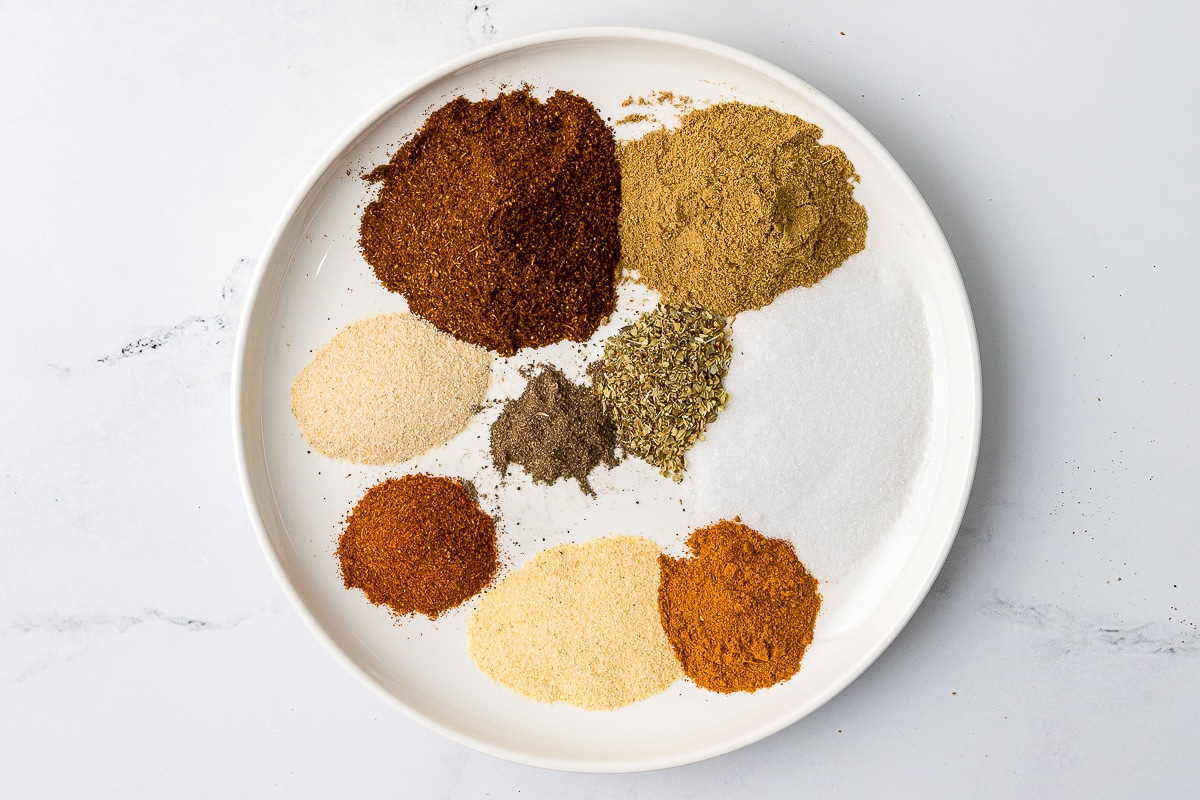
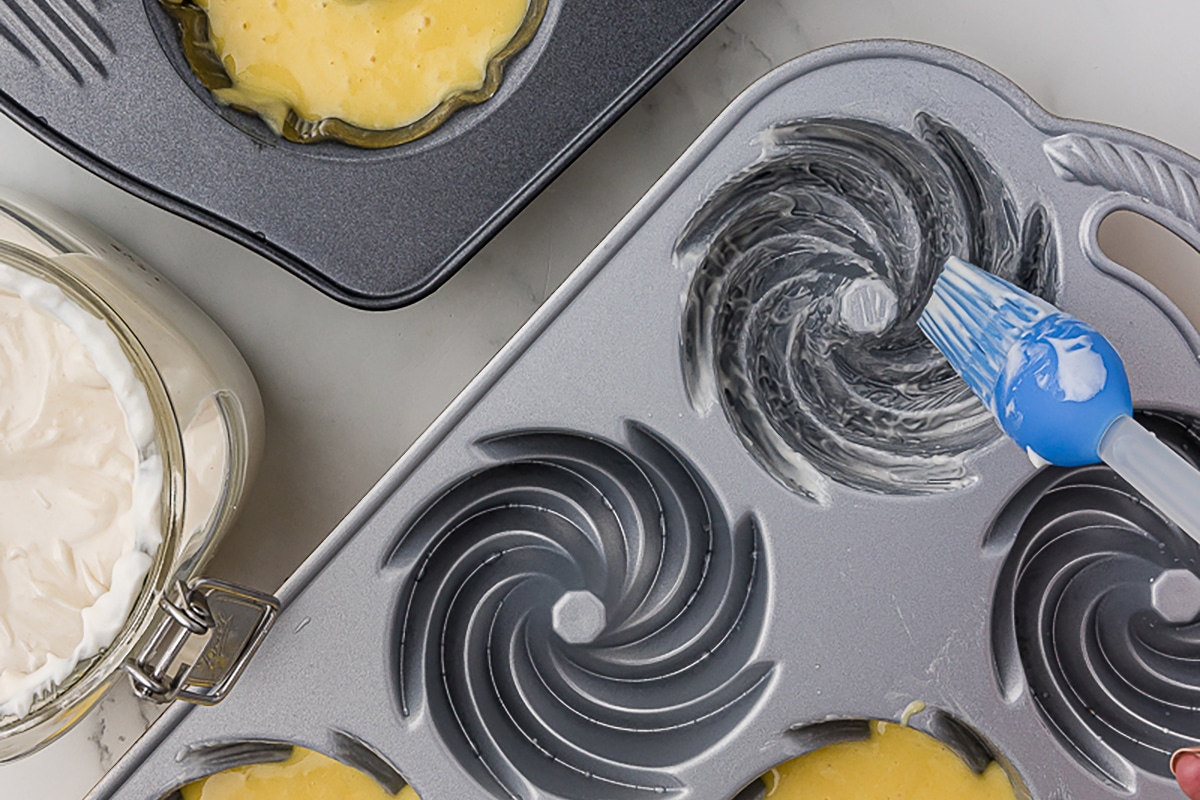
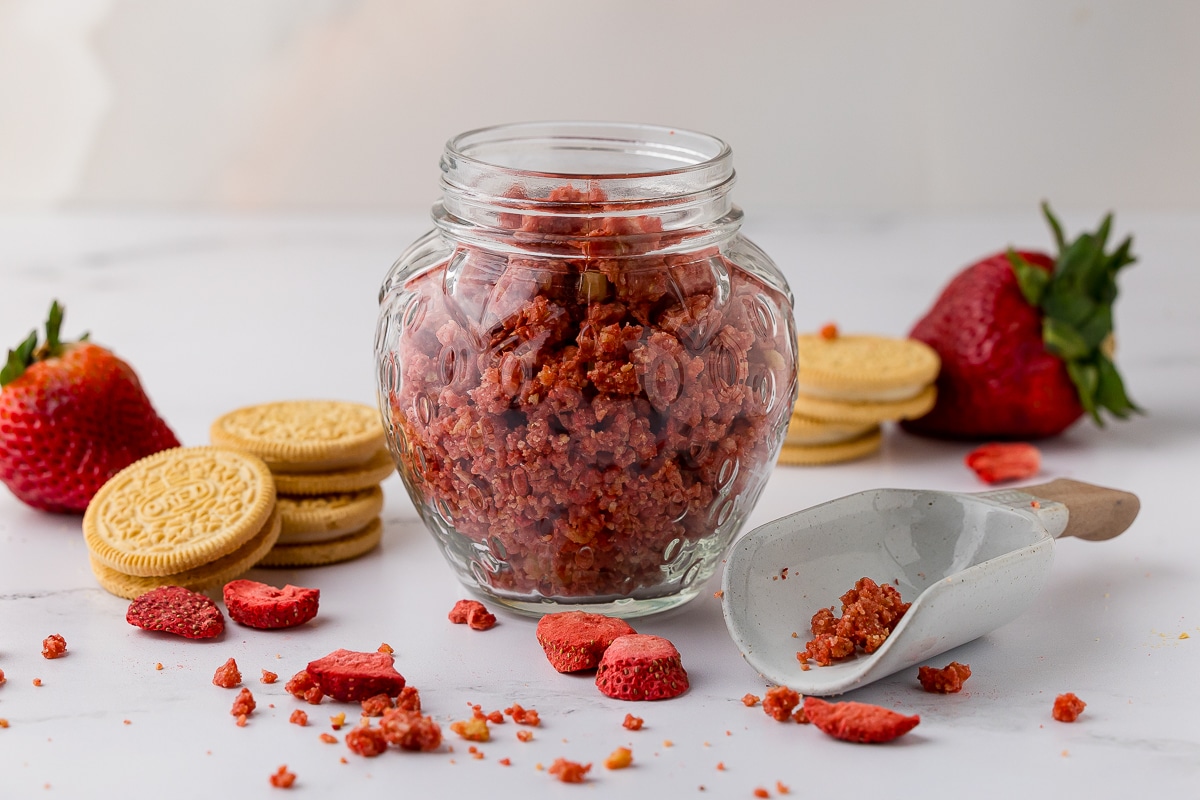
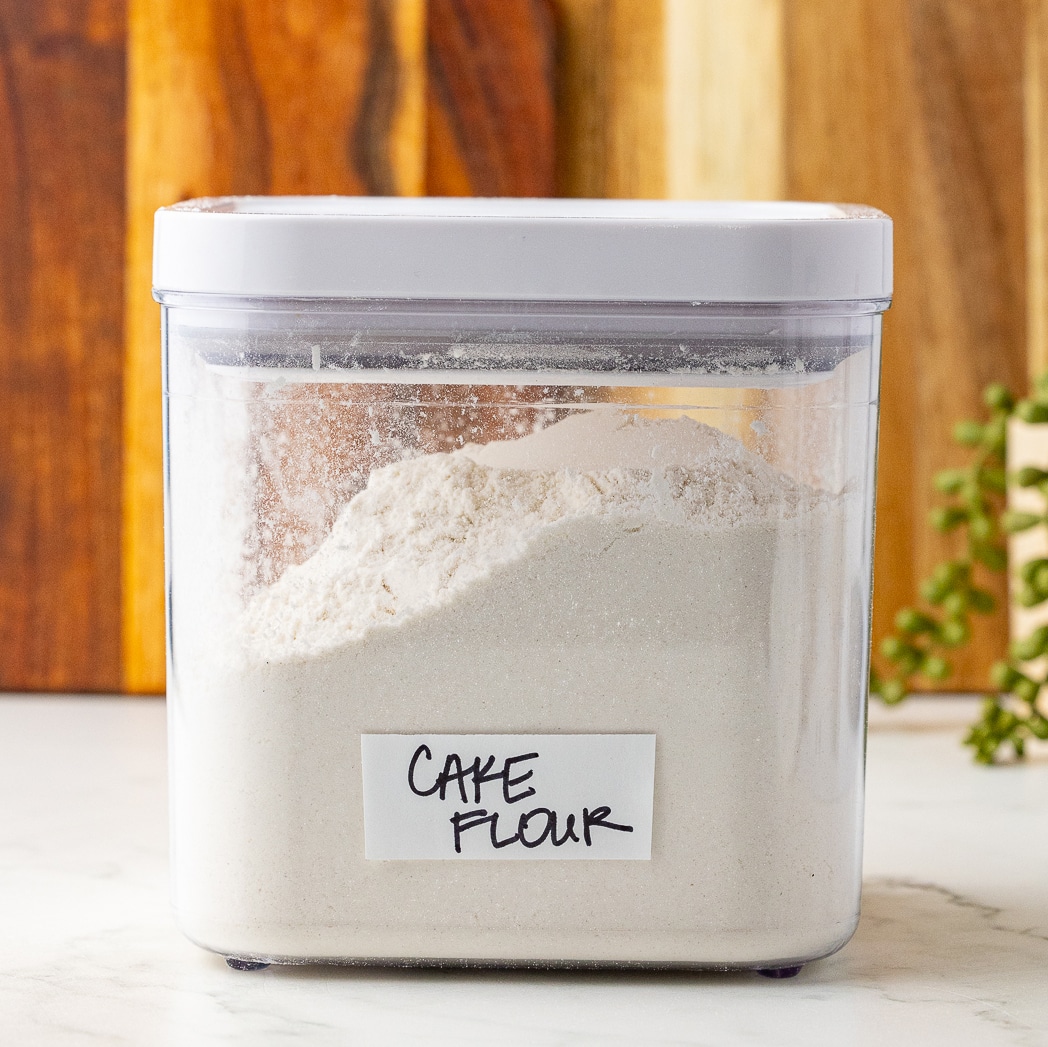
2 Comments